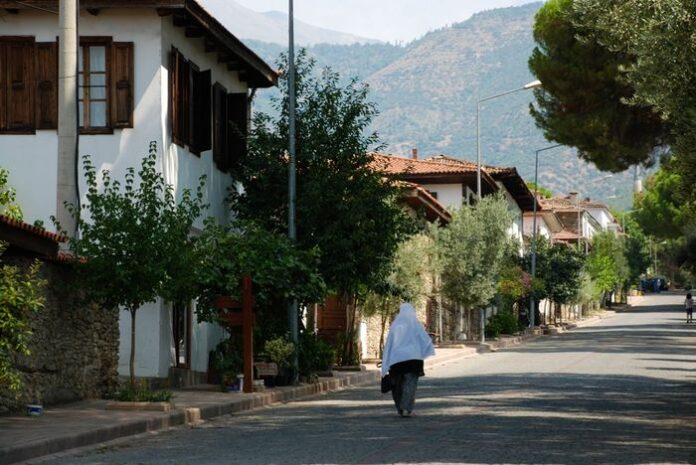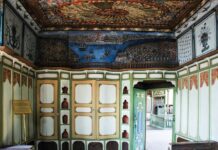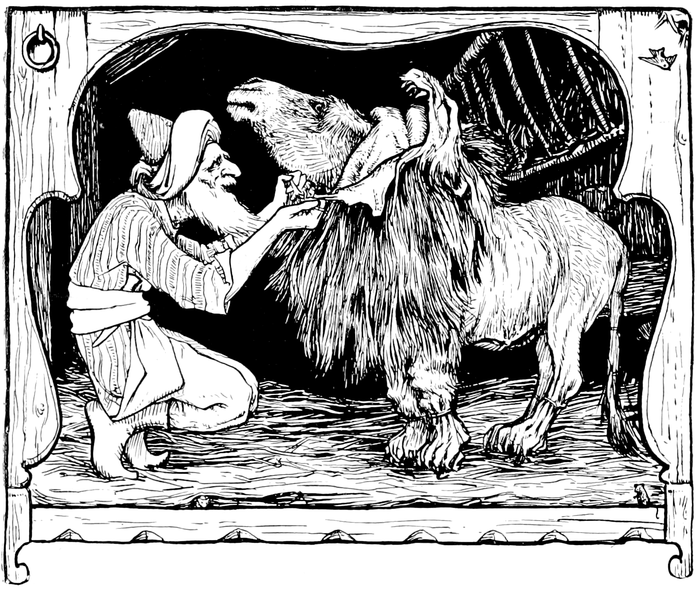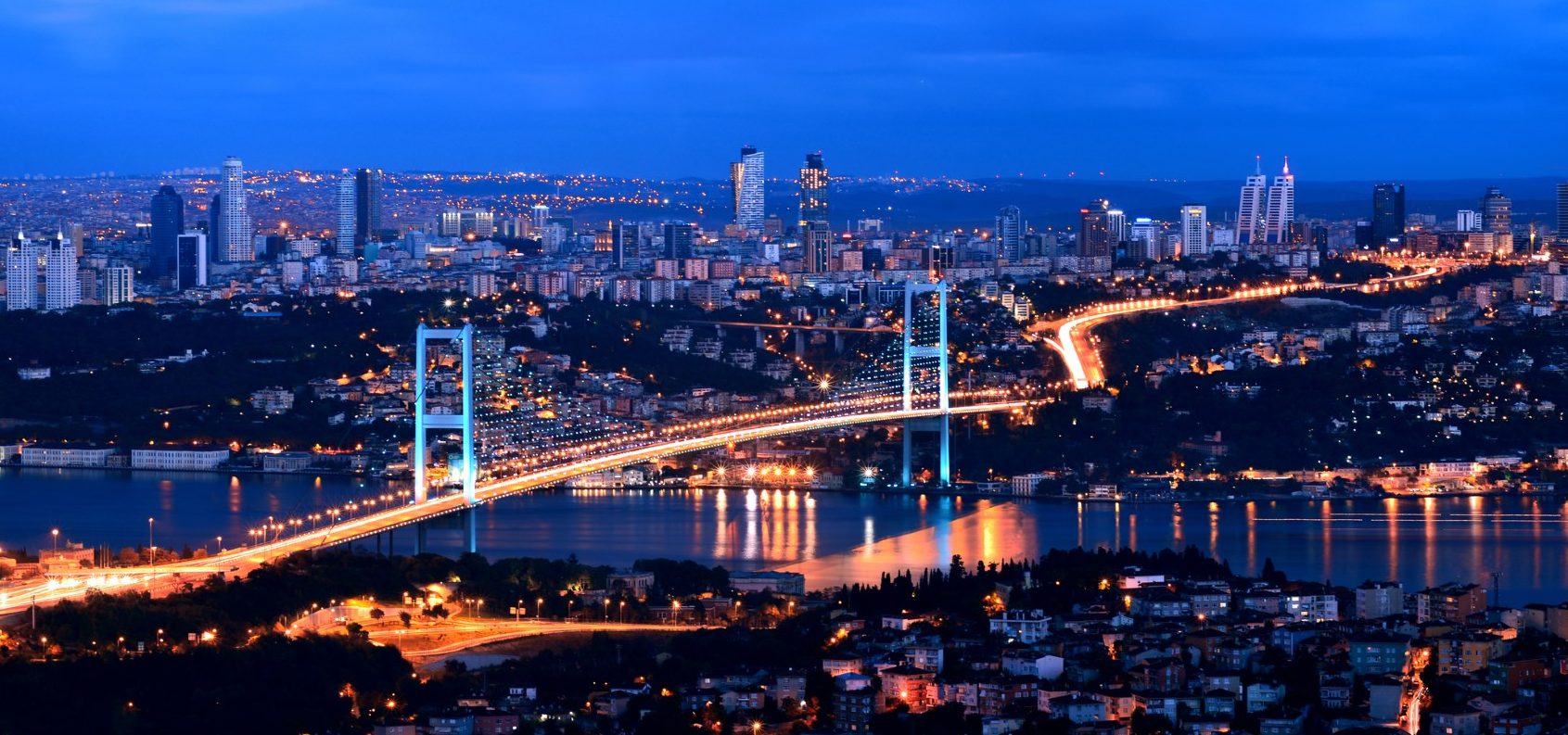A Triumphal Entrance
Between the seventh and eighth towers north of the Sea of Marmara, stands a grand gateway called Yedi Kule Kapısı (the Gate of Seven Towers). This gate is known in history as the Porta Aurea, or Golden Gate, because of the gilding (gold decoration) that once covered it The Importance of the Golden Gate Inscription.
Identifying the Golden Gate
There is no doubt that Yedi Kule Kapısı is the famous Golden Gate mentioned by Byzantine historians. The location, design, and materials used in the structure perfectly match the old descriptions of the Porta Aurea:
It is the first major gate north of the Sea of Marmara.
It stands at the southern end of the Theodosian Walls.
It is built from white marble.
It is flanked by two large marble towers, exactly as historical accounts describe.
Artistic Details and Inscriptions
In addition to its impressive appearance, the gate once had sculpted reliefs (stone carvings) on either side of its outer entrance. These decorative images were part of what made the Golden Gate a symbol of imperial power and celebration Ephesus Sightseeing.
Most importantly, there are still faint traces of an ancient inscription on the gate, which includes the name “Porta Aurea.” The Latin inscription likely read:
“HAEC LOCA THEODOSIUS DECORAT POST FATA TYRANNI, AUREA SAECULA GERIT CUI PORTAM CONSTRUIT AURO.”
This can be roughly translated as:
“Theodosius decorated this place after the tyrant’s death. He rules a golden age, for whom a gate of gold was built.”
A Curious History of the Inscription
The history of the inscription itself is quite interesting. Surprisingly, no historical source mentions the inscription before the year 1453, the year Constantinople fell to the Ottomans.
One possible early reference comes from Radulphus de Diceto, who in 1189 wrote that a local citizen showed a Templar knight a mysterious inscription on the Golden Gate. This inscription supposedly predicted the city’s capture—possibly during the Crusades.
After the Turkish conquest, many visitors came to Constantinople, but very few mentioned seeing this inscription. One exception was the traveler Joseph Dallaway, who claimed to have seen it still in place.
The Golden Gate of Constantinople was more than just an entrance—it was a symbol of Roman triumph, Byzantine glory, and later, Ottoman transformation. Built with white marble and golden decoration, guarded by two great towers, and marked by poetic inscriptions, it stood as a proud witness to centuries of imperial history. Today, even though damaged and weathered, its remains still tell the story of a once-golden era.








